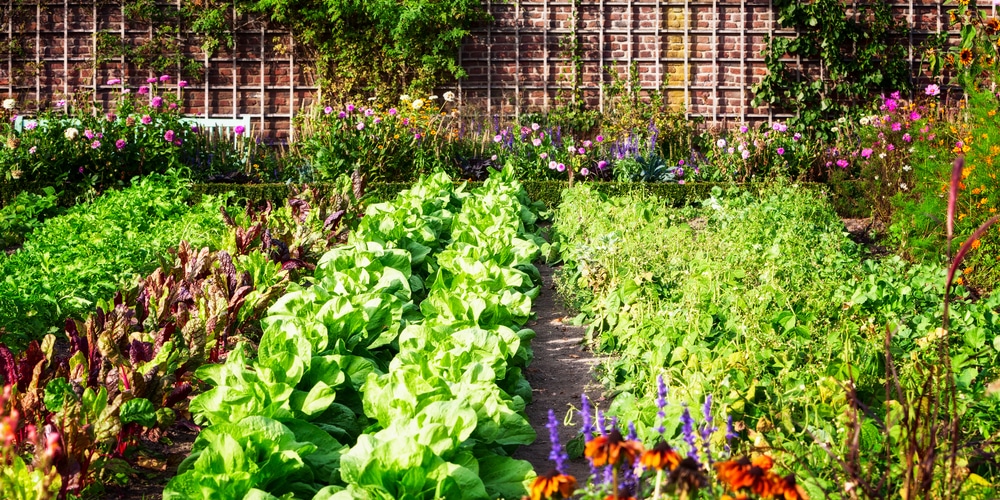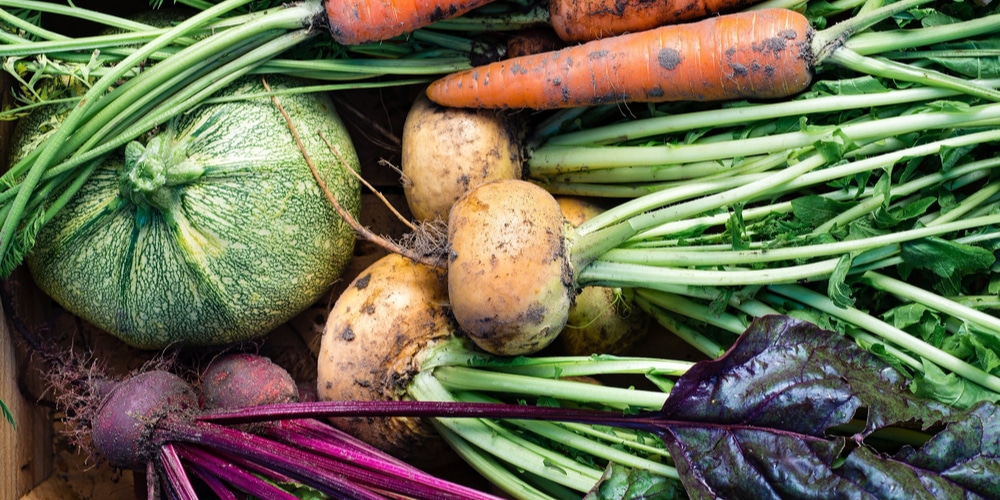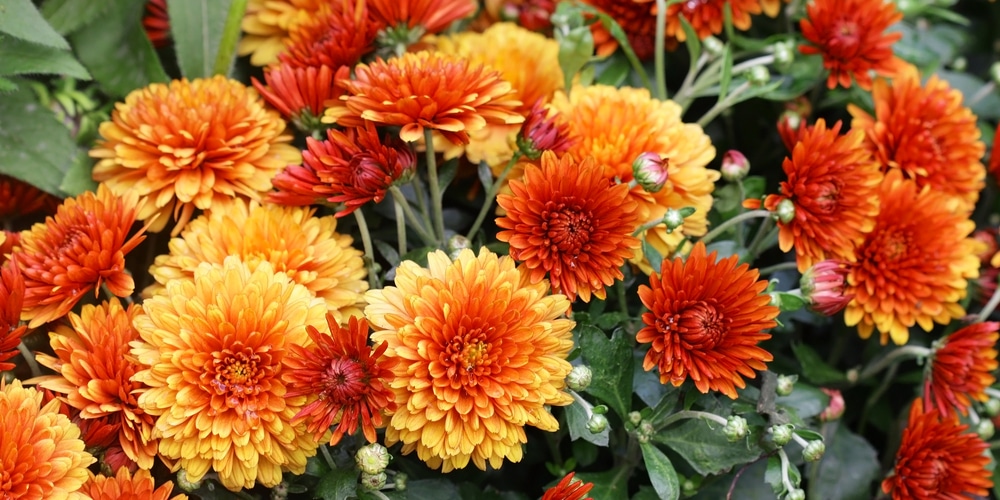Texas is well-known for its hot summers, but it also boasts a beautiful fall season. As the temperatures begin to cool, flowers bloom, and leaves change color, Texas gardens come to life.
While the growing season in Texas is shorter than in other parts of the country, plenty of vegetables and flowers thrive during the fall months.
When is the Best Time to Plant a Fall Garden in Texas?
In Texas, you can start preparing your fall garden from late September through the early days of October in preparation for the fall season. During these times, the temperatures are still warm but are starting to cool down. This will give your plants sufficient time to prepare for the colder weather.
Texas’ Growing Conditions During The Fall
In Texas, the average temperature during the fall season is 45°F to 63°F. The amount of rainfall during this season is also relatively high, averaging 5 to 7 inches per month. These conditions are ideal for planting various vegetables.
In terms of soil, Texas mostly has loamy soil, composed of sand, silt, and clay. This soil is ideal for gardening because it has good drainage and aeration. It is also easy to work with.
What Type of Plants Should I Grow in My Fall Garden?
Vegetables
In Texas, the fall season brings cooler temperatures and a chance to enjoy all that the outdoors has to offer. For gardeners, fall is also an opportunity to plant various vegetables. Some of the best vegetables to grow in Texas during the fall season include:
Brocolli
Broccoli is a cool-weather crop that thrives in the spring and fall in most parts of Texas. This nutrient-rich vegetable is packed with vitamins A, C, and K, fiber, and other minerals. Broccoli can be eaten raw, steamed, roasted, or stir-fried, making it a versatile addition to any meal.
Lettuce
Lettuce is a fast-growing crop that can be harvested just a few weeks after planting. It prefers well-drained soil and moderate amounts of water. For best results, choose a variety of lettuce that is tolerant to heat and bolt-resistant. Some good choices include ‘Green Ice,’ ‘Ruby Red,’ and ‘Buttercrunch.’
Squash
Squash is a warm-weather crop but can tolerate cooler temperatures than most other vegetables. In fact, many varieties of squash actually taste better when they are grown in cooler weather. So if you’re looking for a delicious and healthy addition to your fall garden, be sure to plant some squash seeds.
Peas
These hardy little plants can withstand cooler temperatures and will even produce more peas if the weather is on the chilly side. Peas are a great source of both protein and fiber, making them a perfect addition to any meal. They can be eaten fresh, canned, or frozen and make a delicious snack when roasted.
Beans
Beans are a versatile crop that can be used in a variety of dishes, and they are relatively easy to grow. When planting beans in Texas, choosing a variety that is well-suited to the state’s climate is important. Some of the best varieties of beans to grow in Texas include pinto beans, black beans, and Lima beans.
Beets
Beets are a type of root vegetable that comes in many different colors, including red, purple, and yellow. They grow best in Texas during the fall months when the weather is cooler. Beets are not only a delicious addition to salads and soups, but they are also packed with nutrients like fiber, folate, and potassium. When growing beets, it is important to choose a sunny spot in your garden and to water them regularly. Beets can be harvested after about two months of growth.
Green Onions
These versatile vegetables are a staple in many dishes and are relatively easy to grow. Green onions can be planted in either garden beds or containers, and they will readily germinate in most soil types. The young plants will tolerate light frost, but they should be protected from hard freezes. With proper care, green onions can be harvested from late October through early December.
Turnips
Turnips are a type of cool-weather crop that can be sown in late summer or early fall. They require relatively little maintenance, and they are a good source of Vitamins A, and C. Turnips can be harvested within 50 days, making them one of the fastest-growing crops.
Flowers/Plants
Texas is home to a wide variety of flowers and plants, many of which can be grown in the fall. Some of the best fall flowers for Texas gardens include:
Chrysanthemums
These beautiful flowers come in a wide range of colors, making them a perfect addition to any fall garden. Chrysanthemums prefer well-drained soil and full sun but will tolerate partial shade. They should be watered regularly, and the spent blooms should be removed to encourage new growth.
Marigolds
The perfect flower for adding a pop of color to any fall garden, Marigolds are characterized by their vibrant yellow, orange, and red blooms. They are easy to care for and prefer full sun but will tolerate partial shade. Marigolds are also known for their ability to deter pests.
Asters
If you’re looking for a flower that will bloom late into the fall season, Asters are a great choice. These beautiful flowers come in a variety of colors, including pink, purple, and white. They prefer full sun but will tolerate partial shade. Asters should be watered regularly and fertilized every few weeks to promote growth.
When to Plant Fall Garden in Texas: Final Thoughts
Planting in Texas during the fall season can be a great way to enjoy the outdoors and produce a bounty of fresh vegetables and enjoy some nice flowering plants.
Planting crops and other plants well-suited to the state’s climate is important for a successful fall garden.


